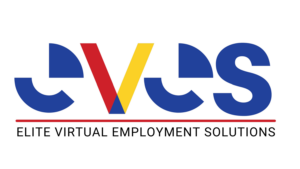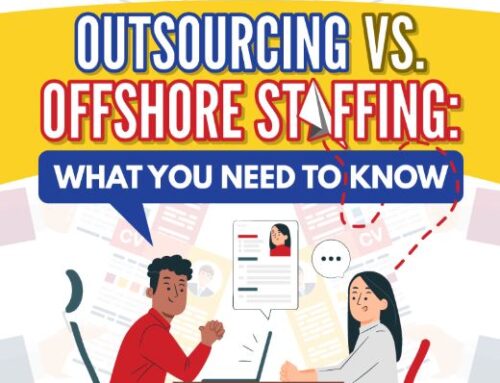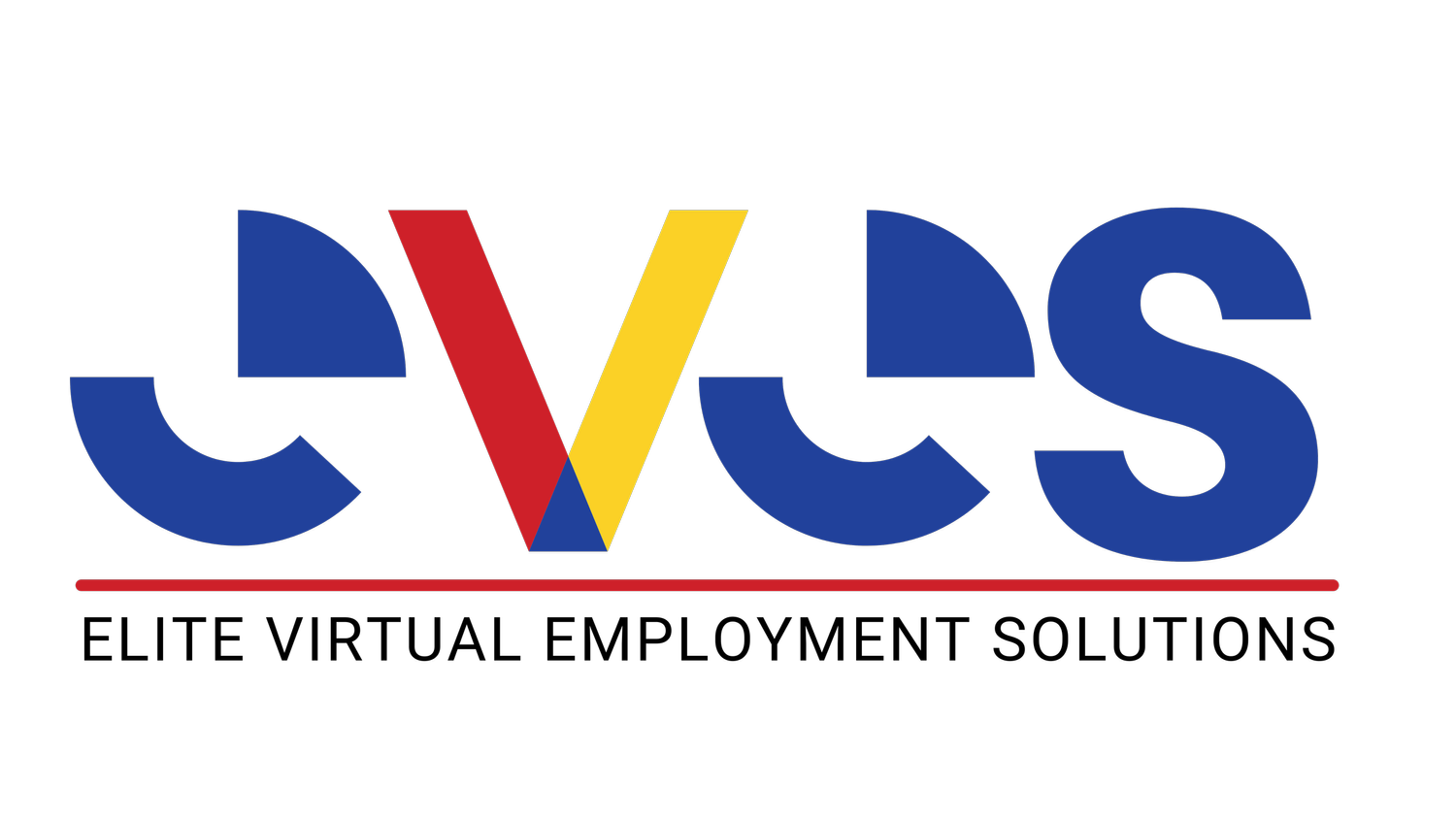Success in offshoring depends on many things, none more so perhaps than choosing the right model. Think of offshoring like building a house – the foundation you pick determines everything that follows. Just as a solid foundation supports a house, the right offshore staffing model underpins your business strategy.
What are Offshore Staffing Models?
An offshoring model refers to the framework through which a business delegates projects or operations to a remote team in another country. It defines how your offshore team will operate, whether they function as an extension of your in-house staff, handle a one-time project, or provide additional support when demand spikes.
Understanding the different models is critical for any company looking to maximize the benefits of hiring talent overseas. Each offshoring model offers distinct approaches to managing work, controlling costs, and leveraging global labor. Properly distinguishing between them so you can choose the right one for your organization will help ensure the offshored operation is aligned with your long-term goals.
Offshoring Models
1. Dedicated Team Model
In this approach, an offshore staffing company assembles a team of professionals to handle the offshored function (e.g., accounting, finance, customer support, IT). This team is basically an extension of your in-house staff, so they follow the organization’s values, processes, and culture.
A Dedicated Team Model is ideal for businesses looking to fill long-term staffing needs. It’s particularly useful for ongoing projects or operations that require consistent output and specialized expertise.
Under the Dedicated Team Model:
- The offshore team reports directly to you.
- You have full control over the team’s workflow and priorities.
- Dedicated personnel work exclusively for you.
Office-Based Offshore Team
The Office-Based Offshore Team is a sub-category of the Dedicated Team Model. In this arrangement, the company houses the offshore team in an office equipped with the facilities and resources necessary to carry out their work.
Working with an offshoring company is often necessary in this model to facilitate recruitment, onboarding, and office setup. If you are planning on offshoring to the Philippines, you can work with Elite Virtual Employment Solutions (EVES) to gain the following benefits for this model:
- The team will be deployed in a Western standards office equipped with an air-conditioner, emergency generators, and redundant 3Gb internet connections.
- Seamless team communication through tools like Zoom and Microsoft 365 (provided by EVES).
- The team will be monitored by onsite supervisors for better oversight and support.
2. Project-Based Model
The Project-Based Model is a practical option for companies with specific, short-term needs. This model involves delegating a particular project to a remote team that will complete it from start to finish under your guidance.
The Project-Based Model works best when you have well-defined project requirements, a clear deadline, and a set budget. Since the focus is on a single task, this model doesn’t require a long-term commitment like the Dedicated Team Model.
With the project-based approach, you can:
- Benefit from specialized talent without the need for a permanent workforce.
- Ensure cost-effectiveness, as you only pay for the project’s scope.
- Free up internal resources for other priorities while the offshore team handles this limited-duration assignment.
3. Build-Operate-Transfer (BOT) Model
If you want to establish a full-scale offshore operation but prefer not to handle the initial setup, the Build-Operate-Transfer (BOT) Model is your ideal choice.
BOT is a three-phase process:
- Build – An offshore recruitment agency sets up your offshore operations, from hiring talent to establishing a system of operations.
- Operate – The offshore team manages operations while you maintain oversight and refine processes.
- Transfer – After an agreed-upon period, full control and ownership are transferred to your company.
This model is excellent for businesses that want a low-risk entry into offshoring. It allows them to test the waters before taking full control. BOT is a strategic choice for companies planning long-term offshore investment but desiring a gradual entry.
4. Staff Augmentation
Staff Augmentation is a flexible model that allows you to add offshore personnel to your existing team on a temporary or as-needed basis. It’s an excellent solution for companies facing short-term capacity gaps or seasonal demand surges.
Unlike the Dedicated Team Model, Staff Augmentation doesn’t require full integration into your business operations. Instead, offshore employees temporarily fill roles based on your immediate needs, providing specialized expertise on demand.
The Staff Augmentation Model offers:
- Quick access to skilled professionals.
- Cost savings by avoiding long-term commitments.
- Flexibility to scale up or down as projects dictate.
5. Functional Offshoring
This model involves outsourcing specific parts of your operations to an external provider, who delivers the processes and outputs on your behalf. Functional Offshoring usually involves specialized activities like payroll, financial statement preparation, and legal services.
Here’s what makes the model unique:
- Instead of managing a full department, you outsource a specific process to a provider that specializes in that area.
- The offshore provider takes complete ownership of the process and its deliverables.
Unlike the Staff Augmentation Model, where the hired staff are under your direction, in Functional Offshoring, the team is employed by an outsourcing company. This model allows businesses to easily scale specific functions up or down depending on demand.
Choose the Right Model for Your Business
Many businesses only focus on cost savings and access to global talent when considering offshore staffing. What’s often overlooked is how deciding on an offshoring model can unlock new levels of efficiency and scalability for the company.
Choosing the right offshoring model can be the difference between smooth business growth and operational headaches. For example, opting for a Functional Model when you need direct oversight could leave you disconnected from key workflows. Similarly, picking Staff Augmentation when a full-service approach is needed might overwhelm your internal team.
Offshore to the Philippines and Partner with EVES
Understanding the different standard models is the first step towards achieving your goals from offshoring. Every offshoring model benefits businesses uniquely, even if they’re within the same industry. Therefore, choosing the right offshoring partner to implement the right model on your behalf is critical to your organization’s success.
Find the best offshore arrangement for your needs with the help of Elite Virtual Employment Solutions (EVES). We can tailor a solution for you that aligns with your business objectives and generates the results you require.
Call our experts today at (747) 300-3234 or email us at info@evesolutions.net








Leave A Comment
You must be logged in to post a comment.